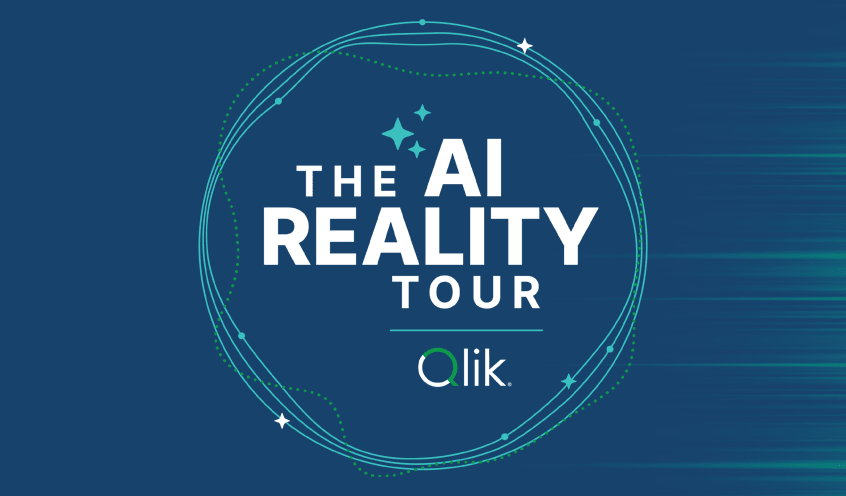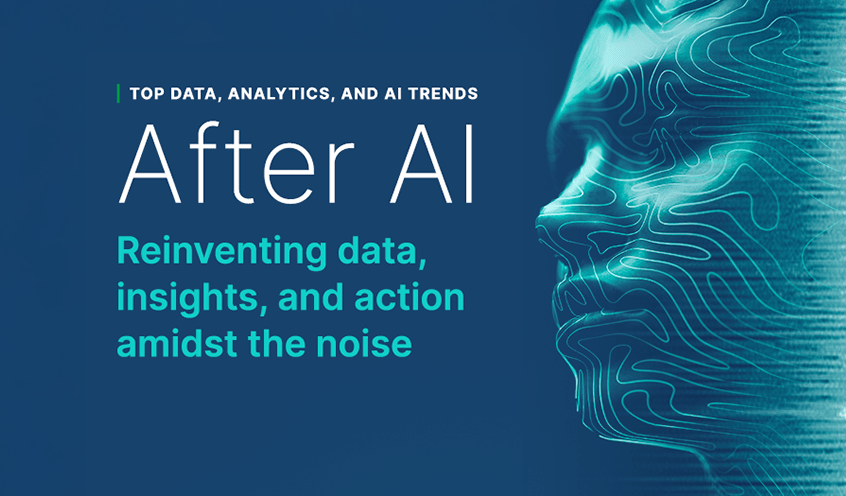Workforces across the world have changed rapidly over the past couple of years thanks, in large part, to two major trends. The first is the rapid digitization and transformation of service offerings during the pandemic. As our working lives shifted from office-based to online-based, the services that enable employees to do their jobs had to follow the same pattern. And with working practices predicted to remain a hybrid mix of office and remote-based, these changes are here to stay.
The second is the much-documented Great Resignation which saw over 69 million Americans voluntarily quit their jobs in 2021. Unsurprisingly, organizations across continents and industries are now struggling with high levels of employee attrition and it’s forcing a re-think of what is important when it comes to the employee experience.
In this environment, Chief HR and People Officers are under pressure to reduce employee attrition, while improving the ability to find and successfully introduce new hires. Meeting these needs is important for commercial success (attrition impacts sales, customers, and productivity), minimizing costs (the total cost of replacing staff averages at between 6 and 9 months of an employee’s total salary) and improving employee satisfaction (an indirect effect of attrition can be the impact on other working relationships or team make-up).
It's a tough ask but one that can be made much easier and more impactful through a more dynamic relationship with data and information. HR leaders need a new approach to data that will empower them to be more agile in the moment. This is why the value of Active Intelligence – a state of continuous intelligence that delivers real time, up-to-date information designed to trigger immediate actions – is now being recognized beyond the IT team, and by the business.
Using data to enhance the employee experience
Qlik research has revealed that employees working in HR report their use of data and its importance in decision-making has more than doubled over the past year, with 69% also stating that using data enables them to do their job better. To maximize the value of a business’ most important asset – its people - HR and leadership teams must be able to understand what makes their workforce most productive and predict the impact of change. Making the most of people data is vital to recruiting the right talent, making them happier and more productive.
But how can HR teams use data better?
One of the biggest challenges for HR leaders is employee attrition. A better understanding of where strain in the organization is originating from and how it could impact even the most stable workers is vital in reducing employee attrition and ensuring timely action is taken on at-risk employees.
The integration of machine learning can even help predict attrition data and current employee data so that HR leaders can make changes now to deal with problems before they arise. With the ability to set up alerts based on pre-determined triggers within the data, HR leaders can monitor the situation in real time to launch career planning and/or attrition reviews for at-risk high performing employees. And by doing this in a cloud-based analytics platform, HR teams can analyze sensitive employee data where it is stored rather than moving it for analysis to uphold important data privacy and governance measures.
Creativity is key
CEO of global consulting firm RGP, Kate Duchene, recently said in an interview that, “the word of the day is ‘creativity’ in the labor markets and the fact that talent really is in control and choosing to work differently”. Now is the time for HR leaders to start being more creative with the way that they and their teams use data.
To aim to achieve a state of Active Intelligence in HR is going to be key to reducing employee attrition as organizations continue to recover from the impact of the pandemic and the trends it has catalyzed. With it, HR leaders will be in a far more competitive and strong position to reduce business function disruption, improve continuity, increase performance and stem the tide of exiting talent.
In this article:
Analytics













































